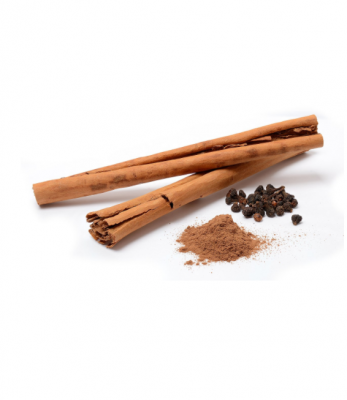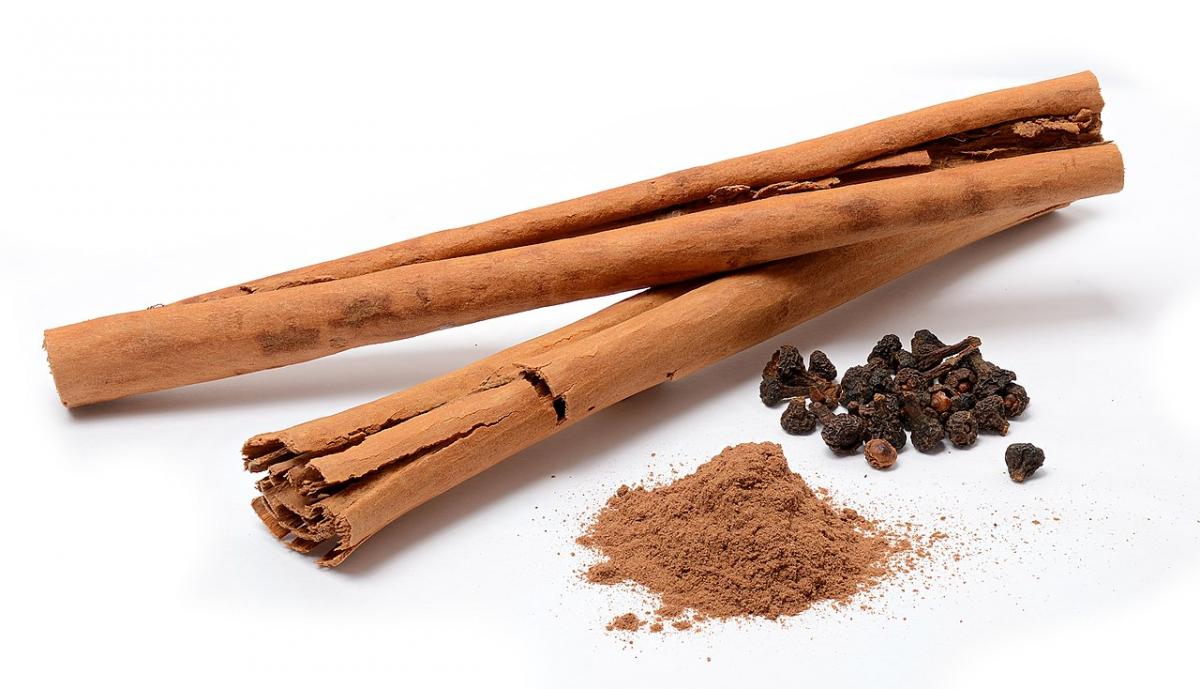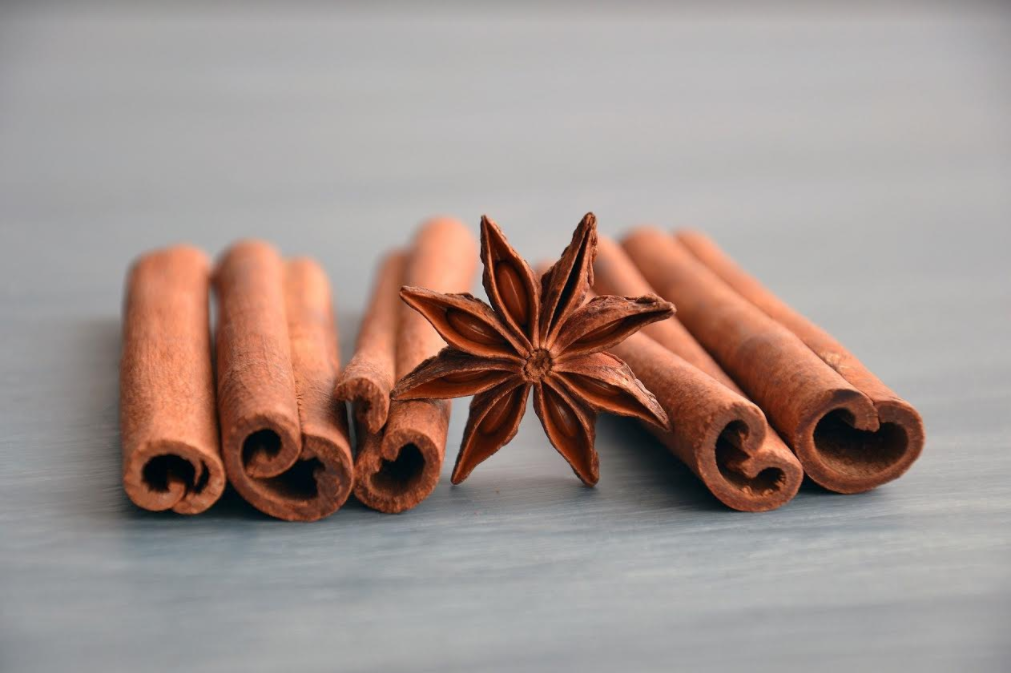Is your Cinnamon Fake?
Cinnamon holds a special place in American cuisine. It's difficult to find a product that it hasn't been paired with, and it reigns as the undisputed king of spices for a third of the year as we prepare for the winter holidays.
But be careful, because what you find on the shelves of the supermarket might not be actual cinnamon! The reason for this is that there are multiple spices being sold under the broad name of “cinnamon”. True cinnamon is harvested from the bark of a small evergreen tree Cinnamomum Zeylanicum native to Sri Lanka and parts of Western India. To make the spice, only a thin, inner layer of the bark is collected. It is then dried and rolled into thin sticks with the remaining cutoffs of the dried bark stuffed inside. The resulting stick of cinnamon is fragile, has a cross-section of paper like layers, and is tan-brown in color. It has a very delicate flavor, sweet with subtle notes of clove. This type of cinnamon is commonly known as Ceylon Cinnamon.
Ceylon Cinnamon
What you are likely to find in the store, however, is Cassia Cinnamon. A cheaper alternative, it can sometimes be found labeled as a separate type of spice, but more often than not it is simply sold as “Cinnamon”. Cassia hails from China, Vietnam and Indonesia, and requires a lot less effort to harvest. The bark of the tree, Cinnamomum cassia, is used almost in it's entirety, which results in much tougher, thick-layered sticks of cinnamon with a rough outer texture. The taste, too, is stronger and less refined.Cinnamomum cassia
The main issue with Cassia Cinnamon is its coumarin content. Coumarin is a natural substance that is found in cinnamon whose intake, even in small doses, has been shown to lead to liver damage. And while coumarin is found in both types of cinnamon described above, Cassia has about 100 times the amount contained in Ceylon cinnamon. The main issue with Cassia Cinnamon is its coumarin content. Coumarin is a natural substance that is found in cinnamon whose intake, even in small doses, has been shown to lead to liver damage. And while coumarin is found in both types of cinnamon described above, Cassia has about 100 times the amount contained in Ceylon cinnamon.
So how can you tell which cinnamon it is that you're buying? Well, if you're buying ground cinnamon, pay attention to the markings on the packaging. The real cinnamon will be marked as Ceylon Cinnamon, or even Cinnamomum zeylonicum. Unfortunately, not all manufacturers make the distinction between the two types, and the information on the packaging is ambiguous at best.







